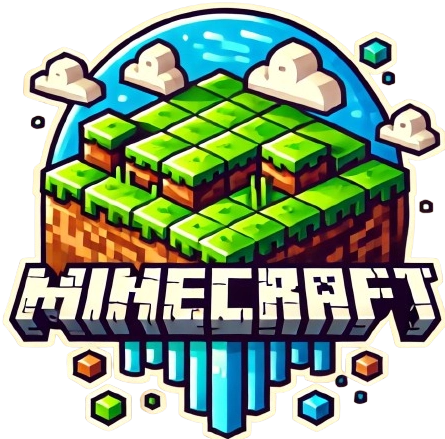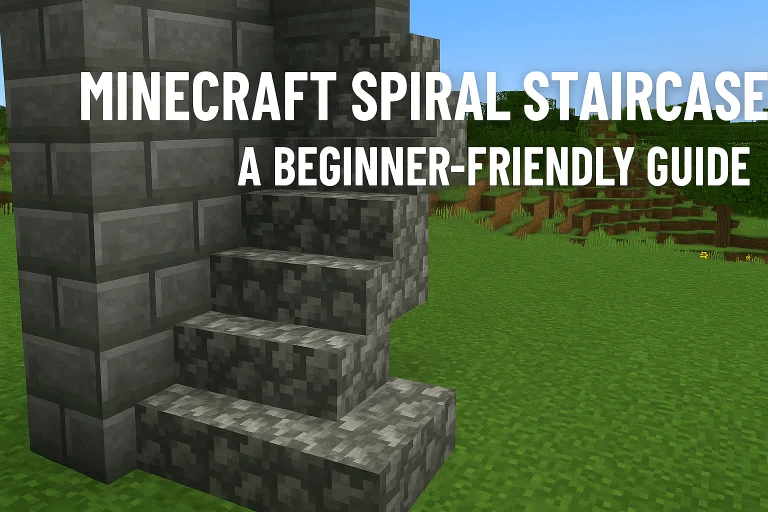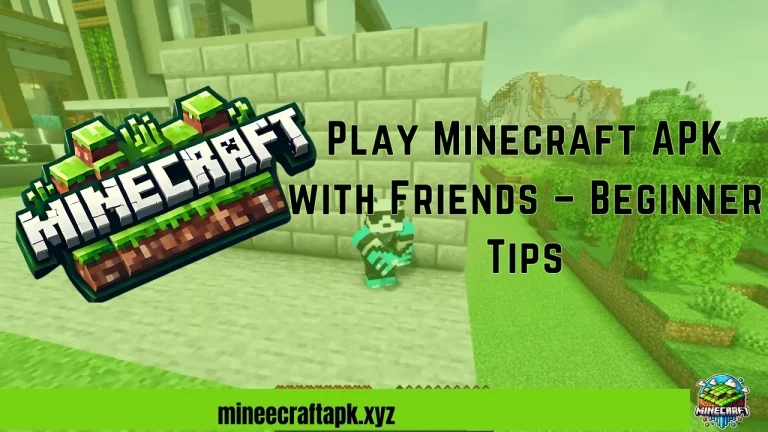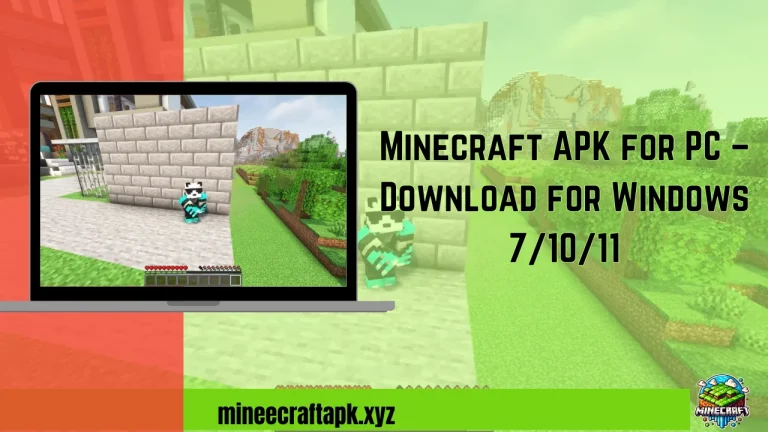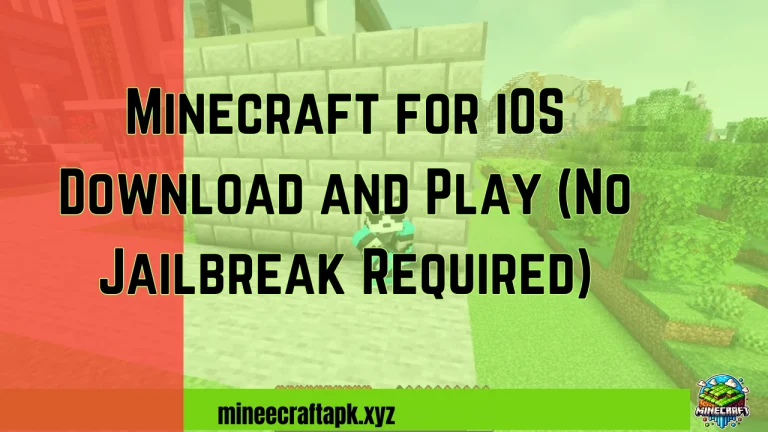How a Minecraft Game Unlocked the Secret to Smarter Thinking 2025
Minecraft, the wildly popular sandbox video game, has captivated millions of players worldwide since its release in 2011. Known for its pixelated graphics and endless possibilities, Minecraft allows players to build, explore, and survive in a blocky, open-world environment. But beyond its entertainment value, Minecraft has quietly become a powerful tool for unlocking smarter thinking. From enhancing creativity to improving problem-solving skills, this game has shown remarkable potential to boost cognitive abilities in players of all ages. In this article, we’ll explore how Minecraft fosters smarter thinking and why it’s more than just a game.

What is Minecraft?
Minecraft is a sandbox game developed by Markus Persson and Mojang Studios. Unlike traditional video games with linear storylines, Minecraft offers players complete freedom to create and explore. Players can gather resources, build structures, craft tools, and survive against environmental challenges like monsters or hunger. The game has multiple modes, including:
- Creative Mode: Unlimited resources for building without survival threats.
- Survival Mode: Players gather resources and manage health and hunger.
- Adventure Mode: Designed for custom maps with specific goals.
- Multiplayer Mode: Collaborate or compete with others online.
This flexibility makes Minecraft a unique platform for cognitive development, as players engage in activities that require planning, creativity, and critical thinking.
How Minecraft Boosts Smarter Thinking
Minecraft’s open-ended nature encourages players to think in ways that traditional education or games might not. Here’s a detailed look at how Minecraft unlocks smarter thinking across various cognitive domains.
1. Enhances Creativity and Imagination
Minecraft is often described as a digital Lego set. In Creative Mode, players have access to unlimited blocks and tools, allowing them to build anything from simple houses to sprawling castles or even functional computers. This freedom sparks imagination and encourages players to think outside the box.
- Real-World Example: Players have recreated iconic landmarks like the Taj Mahal or fictional worlds like Hogwarts from Harry Potter. These projects require visualizing complex designs and breaking them into manageable steps.
- Cognitive Benefit: Creativity fosters divergent thinking—the ability to generate multiple solutions to a problem. This skill is crucial in fields like engineering, design, and entrepreneurship.
By experimenting with different designs and aesthetics, players learn to innovate and express themselves, which translates to real-world problem-solving.
2. Develops Problem-Solving Skills
Survival Mode in Minecraft presents players with challenges like resource scarcity, hostile mobs, and environmental hazards. To thrive, players must strategize and adapt.
- Example Scenario: To protect a base from zombies, players might build a moat, craft weapons, or design a redstone-powered defense system. Each solution requires analyzing the problem, planning, and executing a strategy.
- Cognitive Benefit: Problem-solving strengthens critical thinking and decision-making. Players learn to weigh risks and rewards, a skill applicable to academic and professional challenges.
Minecraft’s trial-and-error gameplay also teaches resilience. If a plan fails—like a poorly built bridge collapsing—players must reassess and try again, fostering a growth mindset.
3. Improves Spatial Reasoning
Building in Minecraft requires understanding 3D space. Players manipulate blocks to create structures, navigate complex terrain, and design functional systems like farms or railways.
- Real-World Application: Spatial reasoning is essential in fields like architecture, engineering, and mathematics. For example, designing a multi-level building in Minecraft mirrors the planning process used by architects.
- Cognitive Benefit: Studies, such as one from the University of Iowa (2014), suggest that video games like Minecraft improve spatial skills, which correlate with better performance in STEM (Science, Technology, Engineering, Math) subjects.
By rotating objects in their minds and visualizing layouts, players enhance their ability to understand and manipulate spatial relationships.
4. Encourages Collaboration and Communication
Minecraft’s multiplayer mode allows players to work together on massive projects, such as building entire cities or competing in mini-games. These activities require teamwork, communication, and leadership.
- Example: On servers like Hypixel, players collaborate to complete objectives, share resources, and assign roles. This mirrors real-world group dynamics in workplaces or classrooms.
- Cognitive Benefit: Collaborative play improves social intelligence and communication skills. Players learn to articulate ideas, resolve conflicts, and coordinate efforts, which are vital for success in team-based environments.
For younger players, Minecraft can also teach empathy and negotiation, as they learn to respect others’ contributions and compromise on shared goals.
5. Teaches Planning and Resource Management
In Survival Mode, players must gather resources like wood, stone, and food to survive and build. This requires long-term planning and prioritization.
- Example: To craft a diamond pickaxe, players must mine specific materials, build a crafting table, and manage inventory space. This process teaches budgeting and resource allocation.
- Cognitive Benefit: Planning enhances executive function—the brain’s ability to organize, prioritize, and focus. These skills are critical for academic success and time management in daily life.
Minecraft also introduces basic economic concepts, as players trade with villagers or manage resources in multiplayer economies, preparing them for real-world financial literacy.
6. Introduces Coding and Computational Thinking
Minecraft’s redstone system, a virtual circuitry mechanic, allows players to create complex machines like automatic doors, elevators, or even calculators. Additionally, Minecraft Education Edition and mods like ComputerCraft introduce coding concepts through block-based or text-based programming.
- Example: A player might use redstone to build a piston-powered farm or code a turtle in ComputerCraft to automate mining. These tasks require logical thinking and debugging.
- Cognitive Benefit: Coding fosters computational thinking—the ability to break problems into steps and design systematic solutions. This skill is increasingly valuable in a tech-driven world.
By experimenting with redstone or coding, players gain hands-on experience with STEM concepts, making abstract ideas tangible and engaging.
7. Boosts Focus and Perseverance
Minecraft projects, especially large-scale builds, require sustained attention and patience. Whether it’s mining for rare ores or constructing a detailed castle, players must stay focused to achieve their goals.
- Example: Building a replica of a real-world city can take weeks or months, requiring dedication and iterative progress.
- Cognitive Benefit: Sustained focus strengthens attention span and self-discipline, which are essential for academic and professional tasks.
Minecraft’s rewarding gameplay loop—where effort leads to tangible results—motivates players to persevere, even when tasks are challenging.
Minecraft in Education: A Tool for Smarter Thinking
Recognizing Minecraft’s cognitive benefits, educators have integrated the game into classrooms through Minecraft Education Edition, a version tailored for learning. Schools worldwide use it to teach subjects like history, math, and environmental science.
- History: Students recreate ancient civilizations, like the Roman Colosseum, to learn about architecture and culture.
- Math: Players calculate volumes or design symmetrical structures, reinforcing geometry concepts.
- Science: Simulations of ecosystems or chemical reactions teach environmental and physical sciences.
A 2017 study by the University of Glasgow found that students using Minecraft in the classroom showed improved engagement and retention of complex concepts. By making learning interactive, Minecraft transforms abstract ideas into hands-on experiences, fostering smarter thinking.
Benefits for Different Age Groups
Minecraft’s versatility makes it a valuable tool for cognitive development across ages:
- Children (Ages 6-12): Develop creativity, teamwork, and basic problem-solving through guided play.
- Teenagers (Ages 13-18): Enhance spatial reasoning, coding skills, and collaboration through complex builds and mods.
- Adults: Use Minecraft for stress relief, creative expression, and lifelong learning, such as exploring redstone or server management.
Parents and educators can tailor Minecraft experiences to suit developmental needs, ensuring age-appropriate challenges.
Potential Downsides and How to Mitigate Them
While Minecraft offers cognitive benefits, excessive play can lead to issues like screen addiction or neglected responsibilities. Here’s how to balance gameplay:
- Set Time Limits: Encourage 1-2 hours of play per session to prevent overuse.
- Promote Educational Use: Use Minecraft Education Edition or mods to align gameplay with learning goals.
- Encourage Breaks: Pair gameplay with physical activity to maintain overall well-being.
By fostering moderation, parents and players can maximize Minecraft’s benefits while minimizing risks.
Why Minecraft Stands Out
Unlike many video games that prioritize competition or linear objectives, Minecraft’s open-ended design empowers players to set their own goals. This autonomy fosters intrinsic motivation, where players engage because they’re genuinely interested, not because of external rewards. The game’s accessibility—available on PC, consoles, and mobile devices—also makes it widely inclusive, allowing diverse players to benefit from its cognitive advantages.
Real-Life Success Stories
Minecraft’s impact on smarter thinking is evident in real-world examples:
- A Young Architect: A teenager who built intricate structures in Minecraft pursued a career in architecture, crediting the game for honing their spatial skills.
- Coding Prodigy: A 12-year-old learned Python through Minecraft mods, later winning a coding competition.
- Classroom Transformation: A teacher in Australia used Minecraft to teach indigenous history, helping students connect with cultural heritage through virtual storytelling.
These stories highlight how Minecraft transcends entertainment, shaping brighter minds.
Tips to Maximize Cognitive Benefits
To unlock Minecraft’s full potential for smarter thinking, try these strategies:
- Set Goals: Plan a specific project, like building a sustainable village, to practice planning and creativity.
- Explore Mods: Install educational mods like ComputerCraft to learn coding or BuildCraft for engineering concepts.
- Join Communities: Participate in multiplayer servers to develop teamwork and communication.
- Reflect on Learning: After playing, discuss or journal about what you learned, such as a new redstone technique or teamwork lesson.
- Use Education Edition: If available, leverage its lesson plans for structured learning.
Conclusion
Minecraft is more than a game—it’s a gateway to smarter thinking. By fostering creativity, problem-solving, spatial reasoning, collaboration, and computational skills, Minecraft equips players with cognitive tools for success in school, work, and life. Whether you’re a parent guiding a child, a teacher integrating it into lessons, or an adult exploring its depths, Minecraft offers endless opportunities to grow intellectually. So, pick up a virtual pickaxe, dive into this blocky world, and unlock the secret to smarter thinking today!
